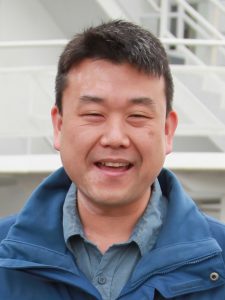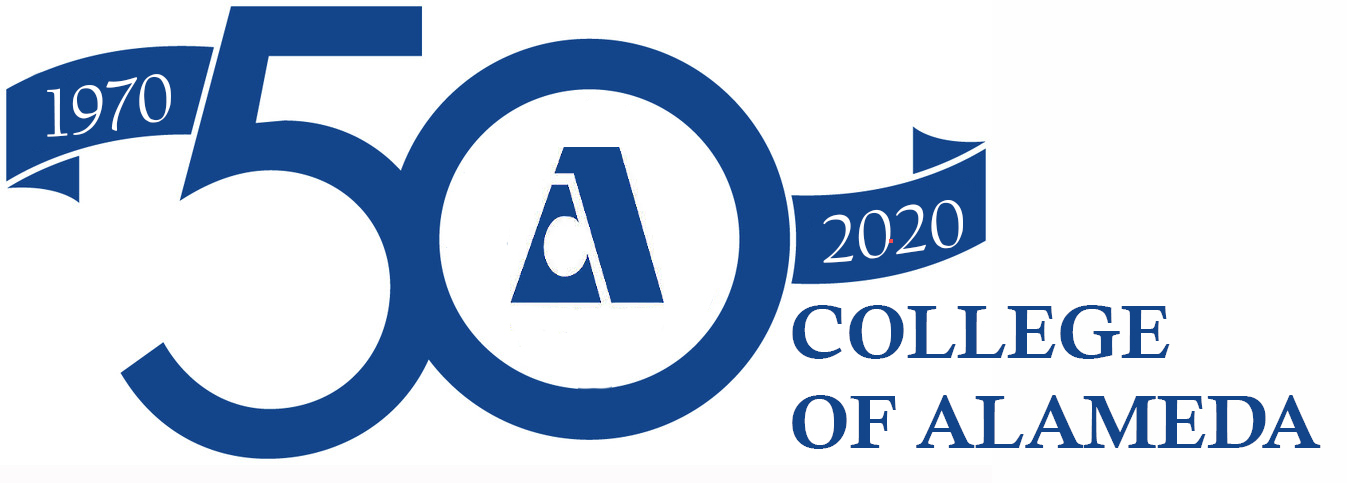 Hi! My name is Andrew Park. I have been teaching Physics at College of Alameda since 2014 (my first time teaching college-level physics anywhere was in Spring 2006).
Hi! My name is Andrew Park. I have been teaching Physics at College of Alameda since 2014 (my first time teaching college-level physics anywhere was in Spring 2006).
You likely reached this page because I gave you the URL to this website. I am teaching ASTR 10 in Summer 2021, PHYS 4A and PHYS 4B in Fall 2021. More information about me is below; please look on the left or below for links to more information about Physics Department at College of Alameda.
Email: bpark@peralta.edu
Office: ATLAN 100 (located at 860 Atlantic Ave.)
Phone: 510-466-5372
In Person (in ATLAN 100):
No in-person office hours are held in Fall 2021
Online:
Hours TBD. I hold “virtual class sessions” as a form of online office hour; additional office hours on Zoom are also available.
For those not in my class in Fall 2021, please email me for online office hour access information.
- Physics 10, Introduction to Physics: This is one-semester physics class that covers all major topics of physics, from mechanics, to electricity and magnetism, to thermodynamics, and to modern physics. In contrast to engineering physics, we try to understand physical concepts using as little math as possible. You might take this course as a preparation for Physics 4A (but this is not required); if you are a non-science major, you might take this course to satisfy a physical science requirement. Physics 10 is a lecture-only class.
- Physics 10L, Introduction to Physics Lab: This is a new lab-only physics class that can be taken with Physics 10 (offered for the first time in Spring 2019). Physics 10 and 10L together will satisfy a “physics with lab” requirement. Physics 10L can be taken after taking Physics 10 (recommended to be taken together in the same semester).
- Physics 4A, General Physics with Calculus: This is part of a 3-semester sequence. This first-semester course covers mechanics (motion, Newton’s Laws, energy and momentum, rotational dynamics, oscillations and waves, and fluids). Students who enroll in this class are usually: intending engineering, physics, or chemistry majors, and intending architecture major. This course can also be taken by other science majors, but you should also consult with a counselor whether Physics 3 sequence (a calculus-based 2-semester sequence) could satisfy your requirements.
- Physics 4B, General Physics with Calculus: This is part of a 3-semester sequence. This second-semester course covers thermodynamics and electromagnetism. Students who enroll in this class are usually intending engineering, physics, or chemistry majors. This course can also be taken by other science majors, but you should also consult with a counselor whether Physics 3 sequence (a calculus-based 2-semester sequence) could satisfy your requirements.
- Physics 4C, General Physics with Calculus: This is part of a 3-semester sequence. This third-semester course covers optics, quantum mechanics, special relativity, and other additional topics in modern physics (molecular interaction, nuclear physics, particle physics, and/or cosmology). Students who enroll in this class are usually intending physics or chemistry majors. Some engineering departments also require this course, in addition to first two semesters of general physics, or accept it to satisfy an electives requirement. Please contact me if you are not sure whether you should (or could) take this class or not.
- Astronomy 1, Introduction to Astronomy (course outline of record): From course description, “Introduction to the universe and insight into its mysteries: Development of modern astronomy, light, astro-nomical instruments, a brief survey of the solar system, the Sun, the stars, novas and supernovas, neutron stars, black holes, galaxies, and cosmology.” This lecture-only class fulfills physical science requirement (without lab) at most transfer institutions. See also: Astronomy 10, Descriptive Astronomy (the two courses are functionally identical; we are currently offering ASTR 10; ASTR 1 will be removed from catalog soon).
- Sample syllabus from past semesters: Summer 2020, Fall 2020
